Chalcogenide Glass
This family of glasses which include SbGeSe, SbGeTe, and GeSe2 is etched in the Ulvac NE-550.
Silicon Carbide (SiC)
This material is readily etched in both the Ulvac and the Plasma-Therm Versalock.
III-V Compound Semiconductors
The compound semiconductors are etched in the Ulvac, Plasma-Therm Versalock ICP and Plasma-Therm 720, but not all materials can be etched in the Plasma-Therm 720.
| By Material | By Equipment |
|---|---|
|
The following have been etched:
|
|
Polymer Etching
| By Material | By Equipment | |
|---|---|---|
|
The AMAT MERIE delivers high quality nearly vertical polymer etching because it is able to maintain a low substrate temperature and control very low flows of the etch gas oxygen. It can etch:
The M4L is a great, fast way of removing resist "scum" and other thin organics for moderate sized (on the order of a micron or large) lithographic features. It has been used to etch:
|
The Plasma-Therm 720 can etch many polymers and is a good tool for etching resist scum from smaller nano-scale lithographic features and it can etch a few polymers that the other etch tools cannot:
Plasma-Therm Versalock
Ulvac NE-550
Platinum (Pt) and Titanium (Ti) etching The high density plasma etch tools, the Ulvac NE-550 and the Plasma-Therm Versalock, can etch Ti & Pt with ease. |
Silicon (Si) Etching
- Deep Reactive Ion Etching (DRIE) of silicon (many to hundreds of microns) can be accomplished on the SPTS LPX DSi using the Bosch process. This system handles small parts through 100mm (4 inch) wafers.
- Shallow etching of silicon can be accomplished on the Plasma-Therm 720, Plasma-Therm Versalock, and the Ulvac NE-550.
- Isotropic and MEMS release etching of silicon is accomplished on the Xactix XeF2 vapor etch.
Aluminum (Al)
- Can be etched in the Plasma-Therm 720
- Readily etched the in the Plasma-Therm Versalock and Ulvac NE-550.
List of Materials Processed
There are a large number of additional etches being performed by users on materials such as:
|
|
|
|
Etches being developed
The Nanofab users working closely with the staff are developing new etches all the time. The following are some of the etches under development:
- Iron (Fe)
- Palladium (Pd)
- Yttrium-Oxide (YO)
- Aluminum/Titanium (AlTi)
Other etchable materials
There are plenty of other materials the Nanofab should be able to etch with the equipment and etch gases already available. To learn more, please contact the Nanofab at nanofab@psu.edu. The following are just some of the materials that should be etchable.
- Niobium (Nb)
- Silver (Ag)
- Tantalum Carbide (Ta2C / TaC)
- Tantalum Nitride (TaN)

